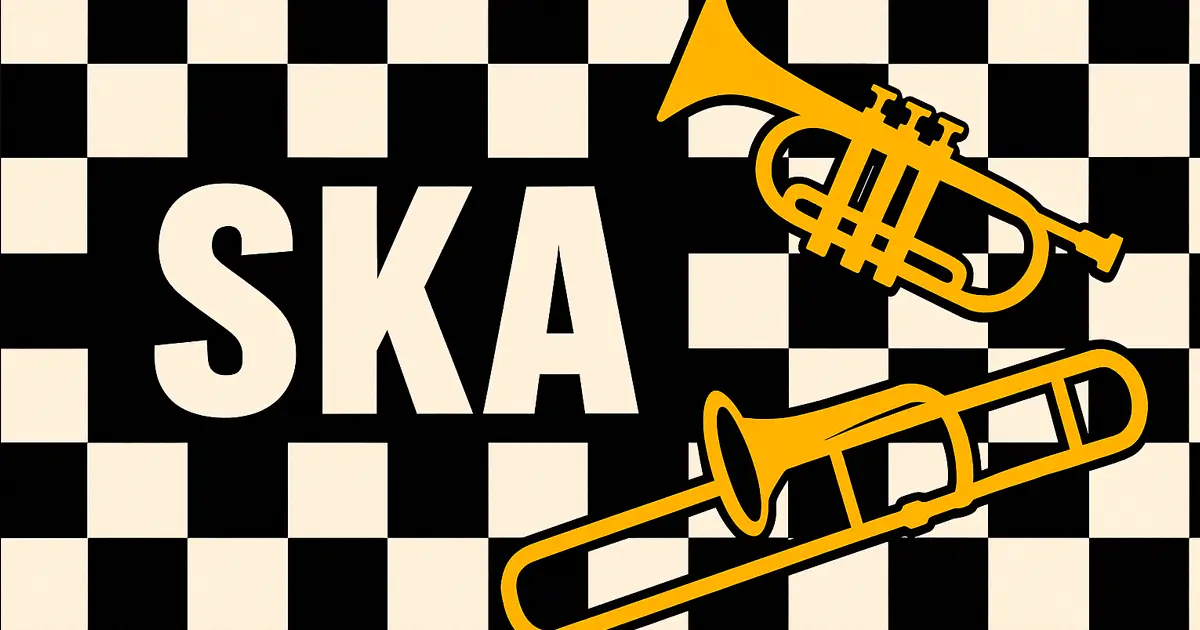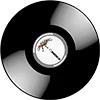
Ska is a Jamaican style that blends offbeat rhythm, brass instruments and the raw energy of street music. From 1960s Kingston to 2 Tone and ska-punk — its history, artists, culture and influence.
Ska is a lively and upbeat music genre that emerged in Jamaica in the late 1950s. It became the predecessor of rocksteady and reggae, and later gave birth to styles such as 2 Tone and ska-punk. Ska is the music of dancing, brass instruments, syncopated guitar offbeats, and a smile you simply can’t hide when that signature “skank” rhythm starts playing.
How Did Ska Begin?
-
Late 1950s, Kingston, Jamaica.
American rhythm & blues and jazz broadcast on the radio inspired local musicians. They blended these styles with Caribbean rhythms — mento and calypso — and added a strong emphasis on the second and fourth beats (offbeat). -
Main feature: a bouncy guitar/piano rhythm, brass sections, and a “walking bass.”
-
Birthplace: the studios of Studio One and Treasure Isle, where legendary producers Coxsone Dodd and Duke Reid worked.
Stages of Genre Development
1st Wave — Original Jamaican Ska (1958–1966)
-
Artists: The Skatalites, Prince Buster, Desmond Dekker, Byron Lee and the Dragonaires
-
Sound: brass, jazz improvisations, playful energy and danceable ease.
-
Era-defining hit — “Guns of Navarone” (The Skatalites).
2 Tone Ska — The British Revival (Late 1970s)
Born in the UK, combining ska, punk and new wave.
-
Label 2 Tone Records and the band The Specials became a cultural movement against racism.
-
Other key bands: Madness, The Selecter, Bad Manners.
-
The black-and-white checkerboard aesthetic became a symbol of racial unity.
3rd Wave — Ska-Punk (1990s)
-
Geography: USA, Germany, Japan.
-
A mix of skank rhythm, punk energy and attitude.
-
Artists: Ska-P, Reel Big Fish, The Mighty Mighty Bosstones, No Doubt, Less Than Jake, Streetlight Manifesto.
What Does Ska Sound Like?
| Element | Characteristic |
|---|---|
| Rhythm | Fast 2/4 or 4/4 with a strong offbeat accent |
| Guitar & Keys | Bouncy, syncopated rhythm — skank |
| Bass | Active, melodic “walking bass” |
| Brass | Trumpets, saxophones, trombones — often carrying the melody |
| Vocals | From light and cheerful to socially aware and protest-driven |
Fun Facts
-
The word “ska” is believed to mimic the sharp guitar sound: “ska-ska.”
-
The Skatalites performed with many future reggae legends, including Bob Marley.
-
The British 2 Tone scene was a musical protest against the rise of neo-Nazism.
-
The Spanish band Ska-P turned the genre into political satire with punk energy.
-
Ska remains popular in Japan — bands like Tokyo Ska Paradise Orchestra still fill stadiums.
Why Is Ska Back in Style?
-
Nostalgia for the '90s and the warmth of vinyl sound
-
A renewed interest in live brass in a digital age
-
Ska connects generations — from retro festivals to TikTok and indie scenes
Conclusion
Ska is more than a genre.
It’s a mood.
It’s the sound of Kingston’s streets and the grey suburbs of Coventry — where dancing becomes protest and a smile becomes a weapon.
“Ska is music that makes your feet move and your heart feel free.”

